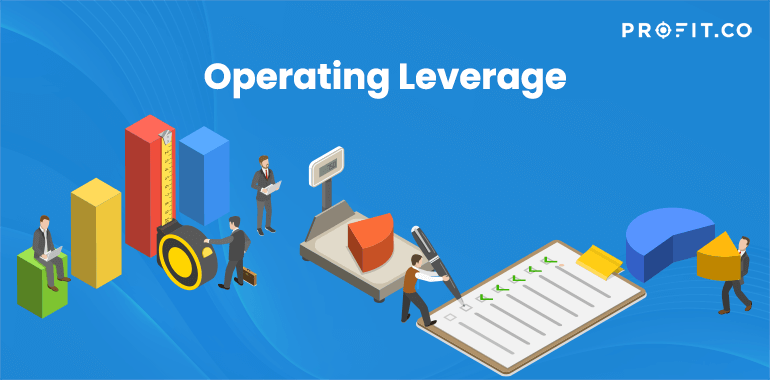If you’ve accessed this page, you are probably eager to find out more about operating leverage. Well, operating leverage is a financial efficiency ratio that is used to calculate the percentage of total costs that are made up of fixed costs and variable costs. Basically, its aim is to find out how well a company generates income by using its fixed costs.
If fixed costs are higher compared to variable costs, a firm will be able to generate a high operating leverage ratio and thus have a higher profit from incremental sales. However, if the variable costs are higher, they will generate a low operating leverage ratio, while the company will have smaller profits from incremental sales.
Therefore, higher fixed costs equal higher leverage ratios that become higher profits when sales grow. Would you like to find out more about it and how it can be calculated? It’s all in this article.
Operating Leverage – Why Is It Important?
This concept is used by managers in order to calculate a company’s breakeven point and measure how effective the pricing structure is. If the pricing structure is effective, it can lead to higher economic gains, as the company can control demand by offering better products for smaller costs. If the sales go well, fixed costs can be covered, and they lead to income. Still, companies need to increase sales if they want to cover for variable costs.
Also, a DOL ratio is also produced if a company produces a high gross margin. This allows it to gain more income from incremental revenues. The reason is the fact that companies that have a high degree of operating leverage don’t proportionally increase prices to their sales. Meanwhile, if it’s high, it has a higher risk of forecasting, because the slightest forecasting failure in sales can lead to big miscalculations and cash flow projections.
Analyzing Operating Leverage
If you have a company and it has a high degree of operating leverage, it indicates that your firm has a high proportion of fixed operating costs. Therefore, if they are higher than variable operating costs, it means it uses more fixed assets to support its main business.
Also, it can indicate how your firm can generate more income from additional sales while keeping the fixed costs intact. A high DOL is achieved by making fewer sales with high margins. Consequently, fixed assets like plant, property, and equipment gain a bigger value while not incurring higher prices. So, the company’s profit margin can grow, having earnings that increase faster than sales revenues.
Meanwhile, a low DOL shows how the company has a low proportion of fixed operating costs, and it means it uses less fixed assets to support its main business.
What Is the Formula?
There is a special formula that allows you to calculate the DOL, and it looks like this:
Having a solid understanding of operating leverage and how you can analyze and calculate this metric can be a vital tool when managing a company and starting out in financing. Hopefully, if you are a beginner when it comes to financing, you now have more understanding about the operating leverage.
